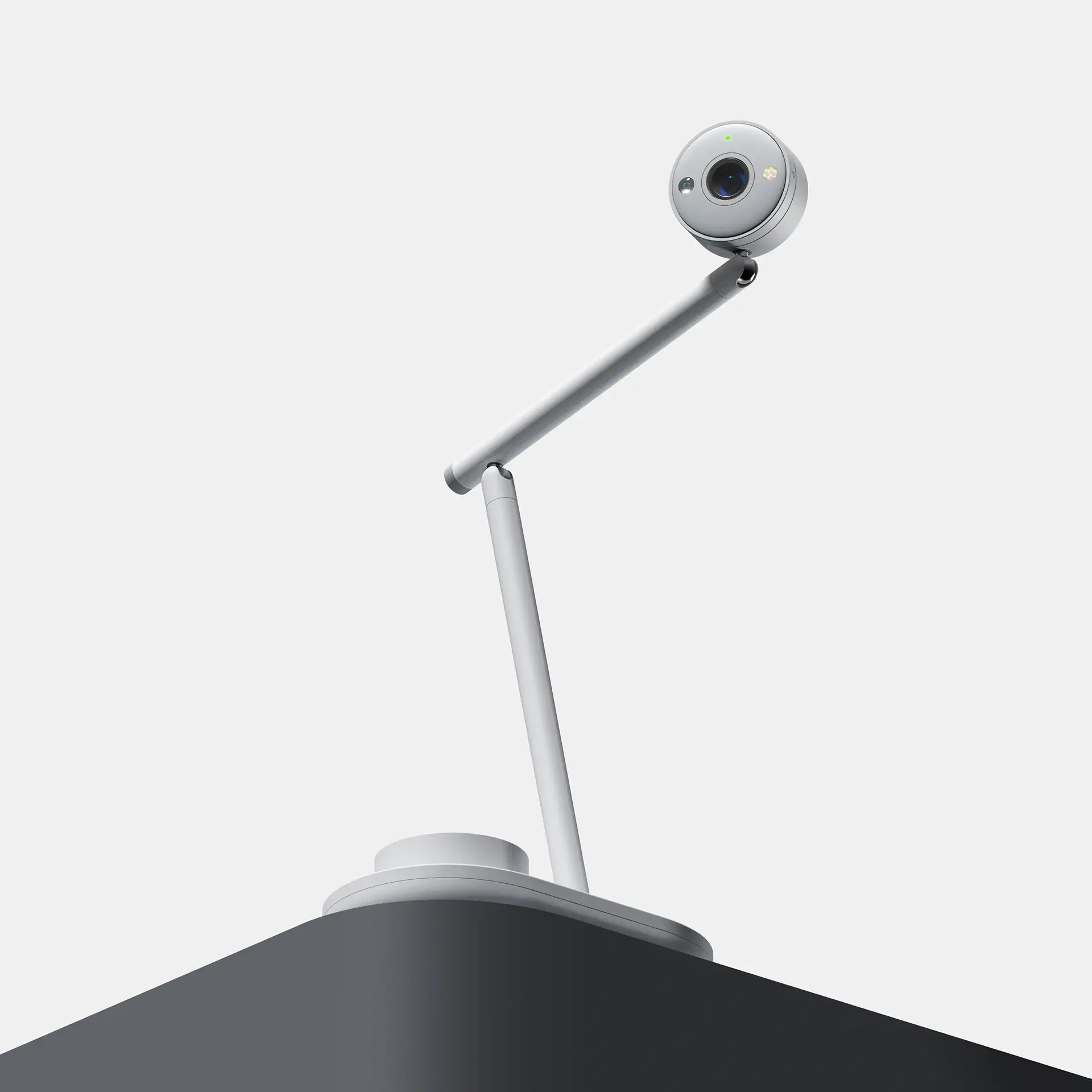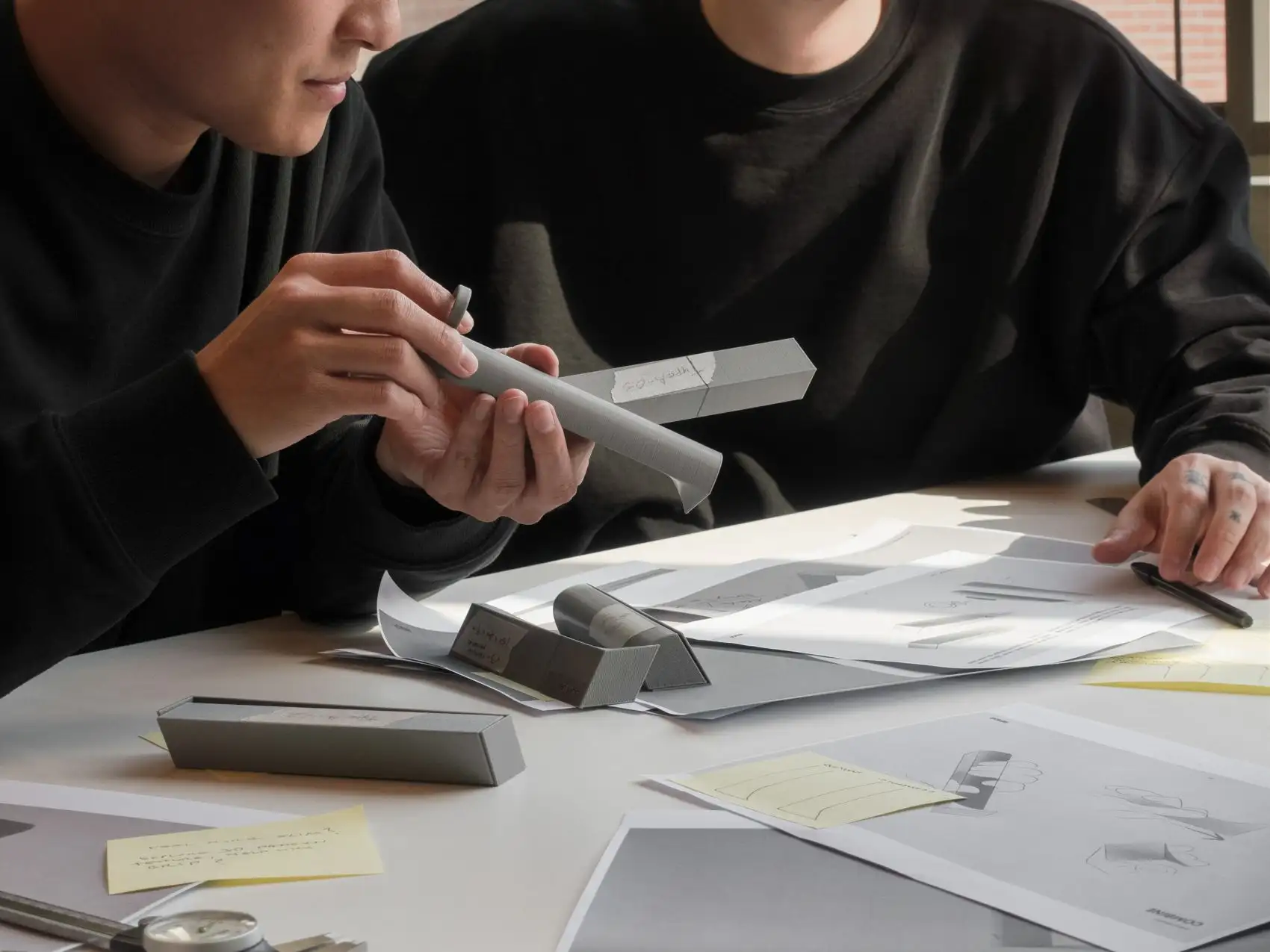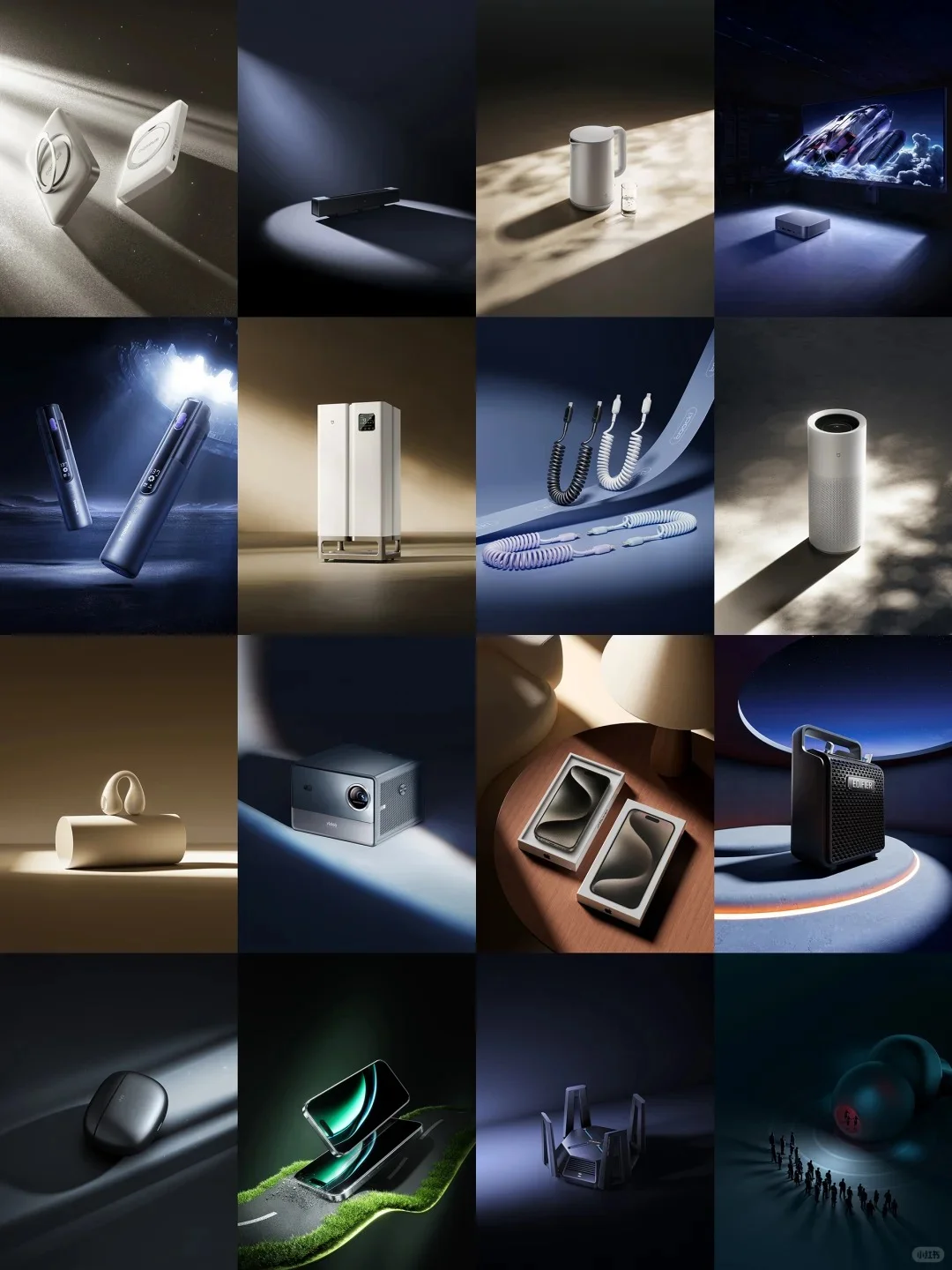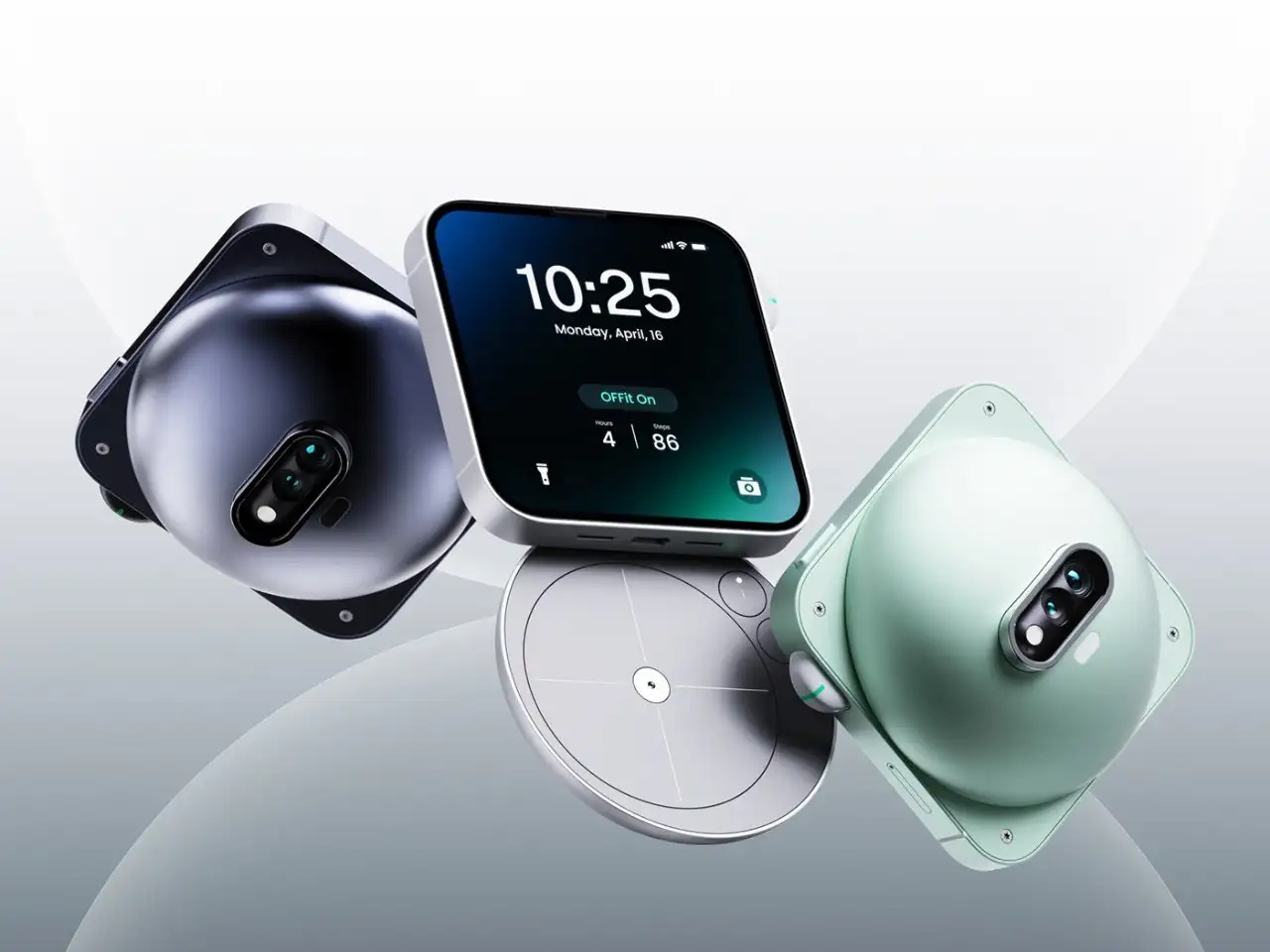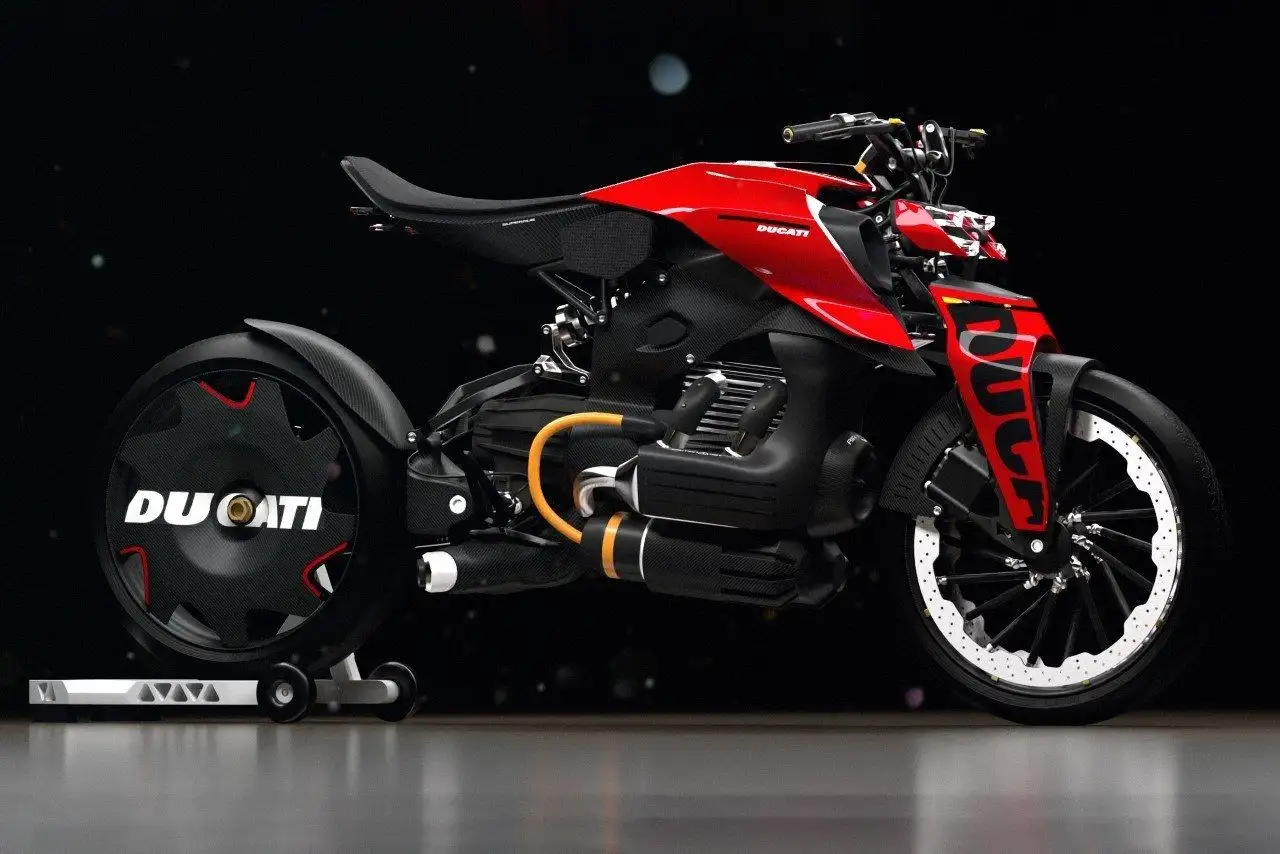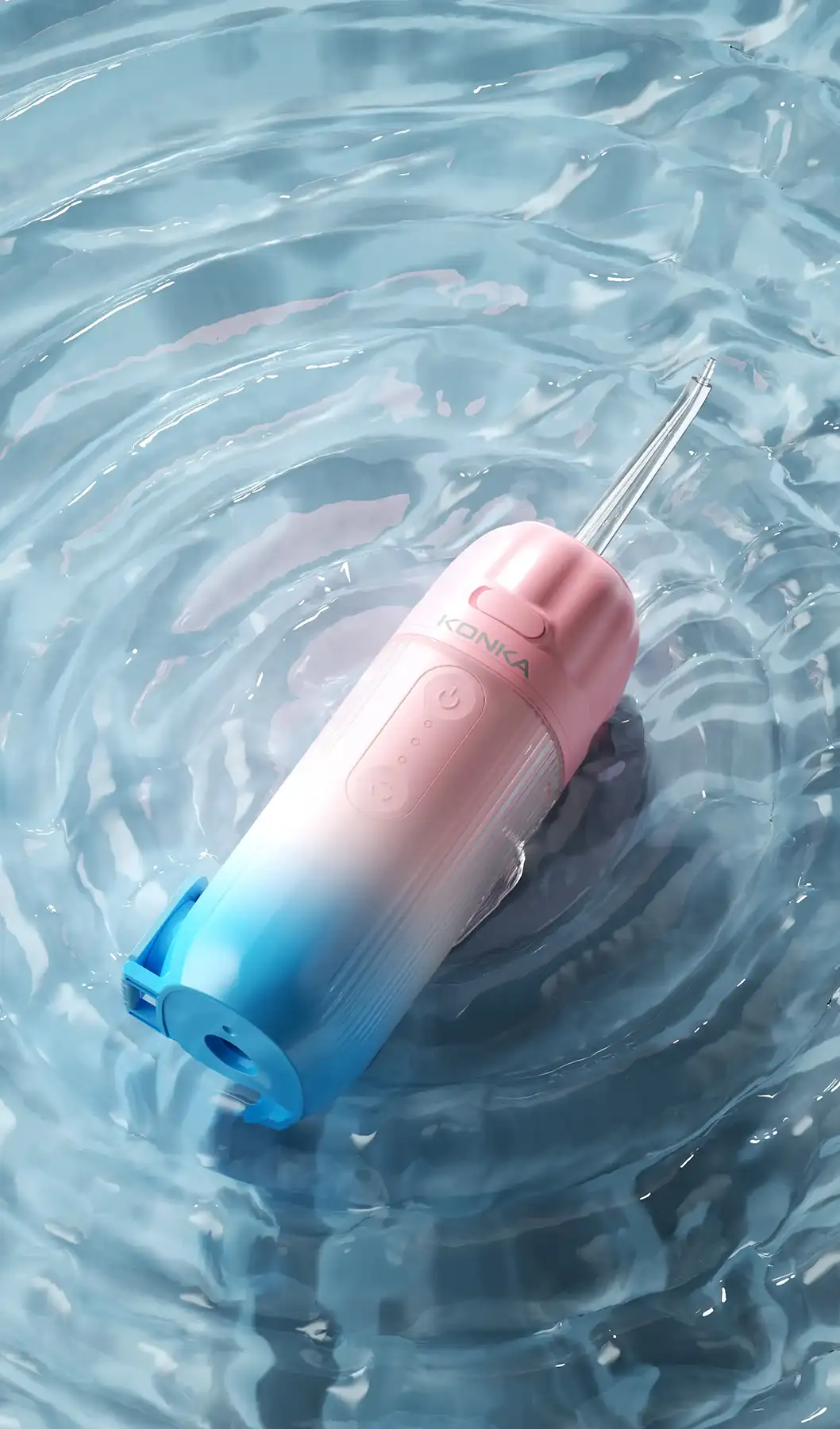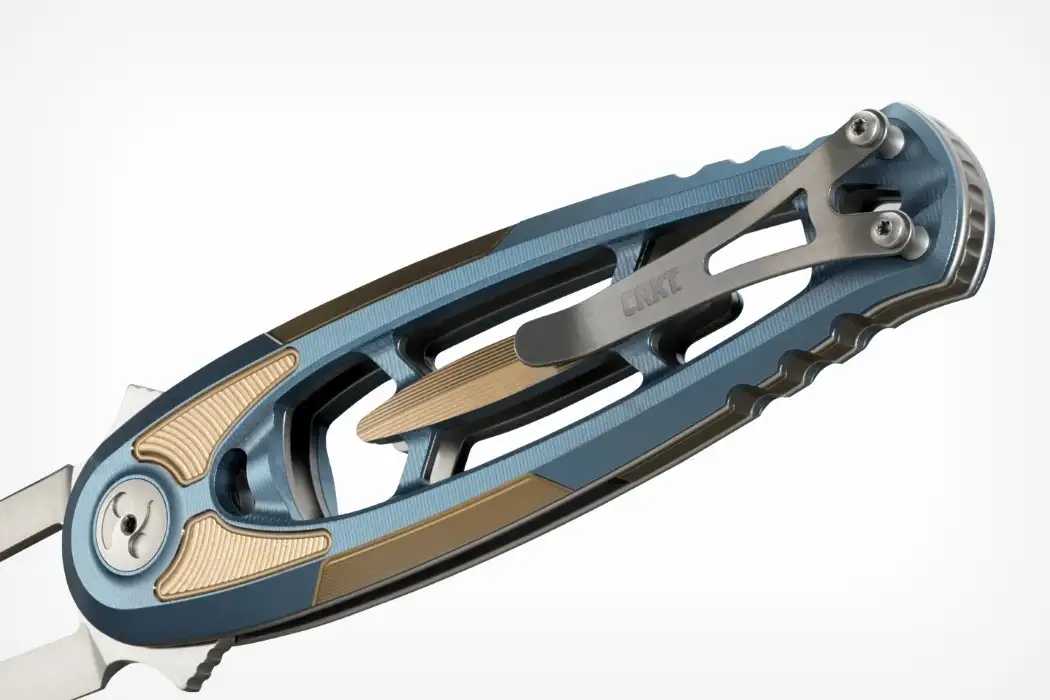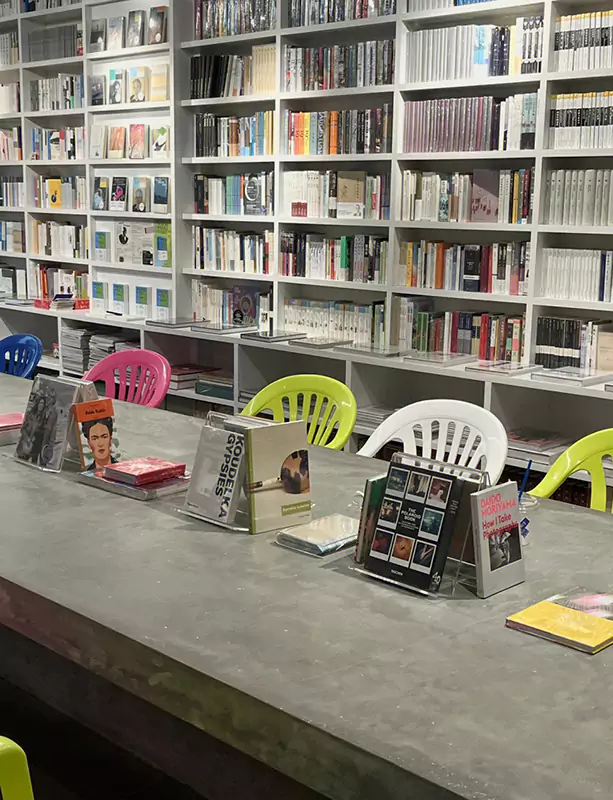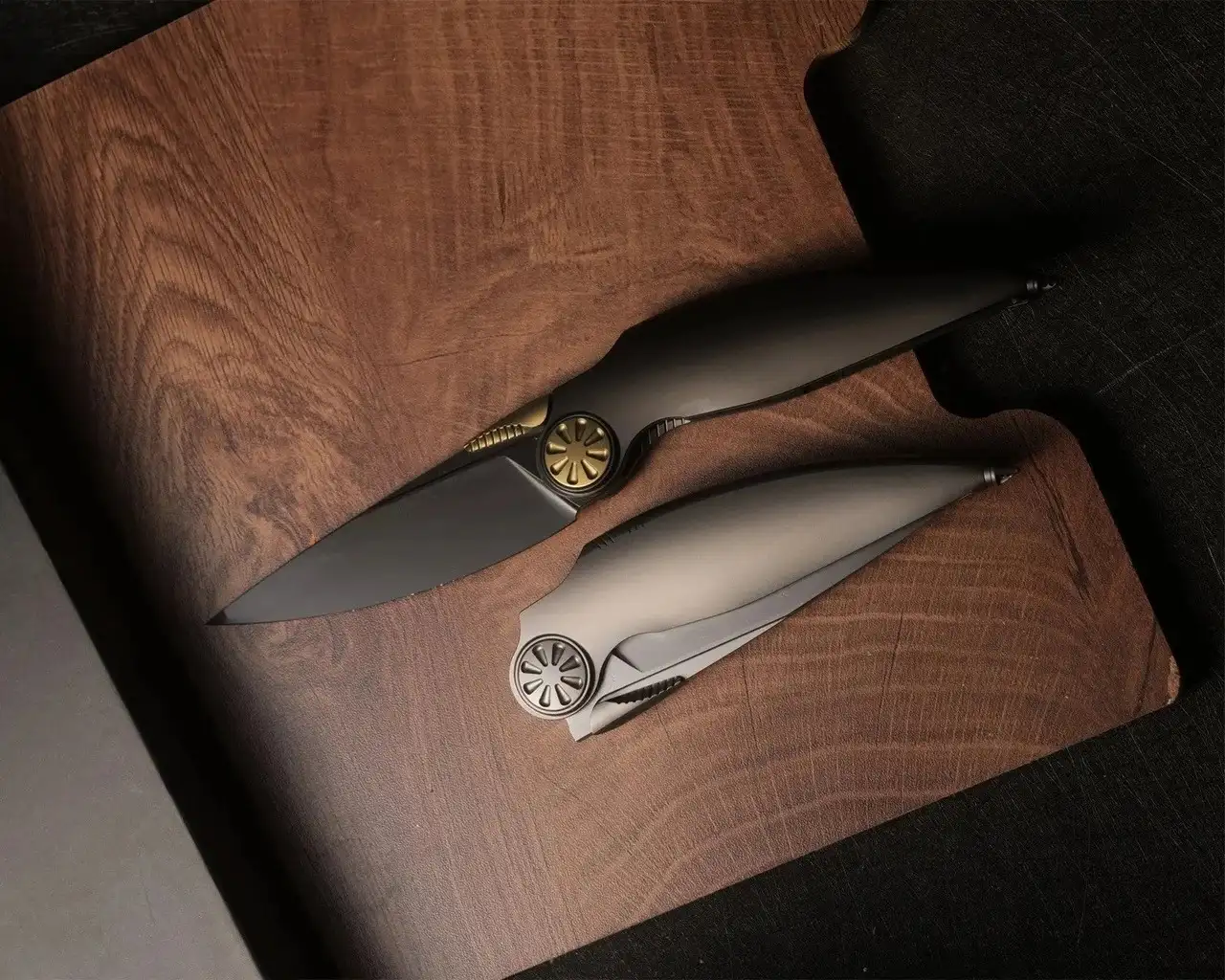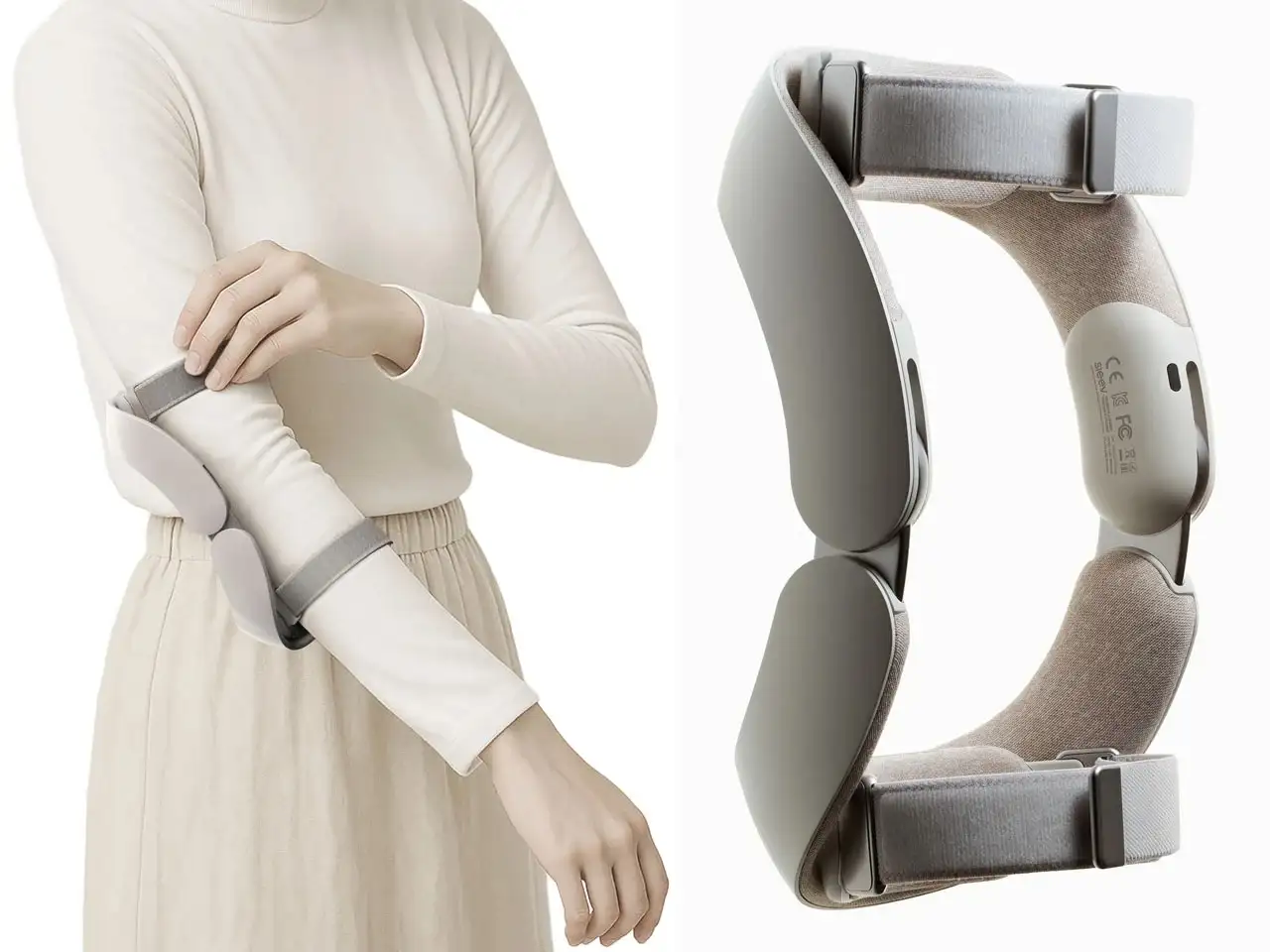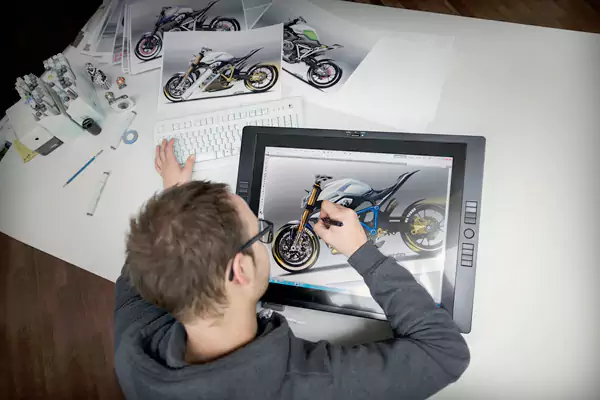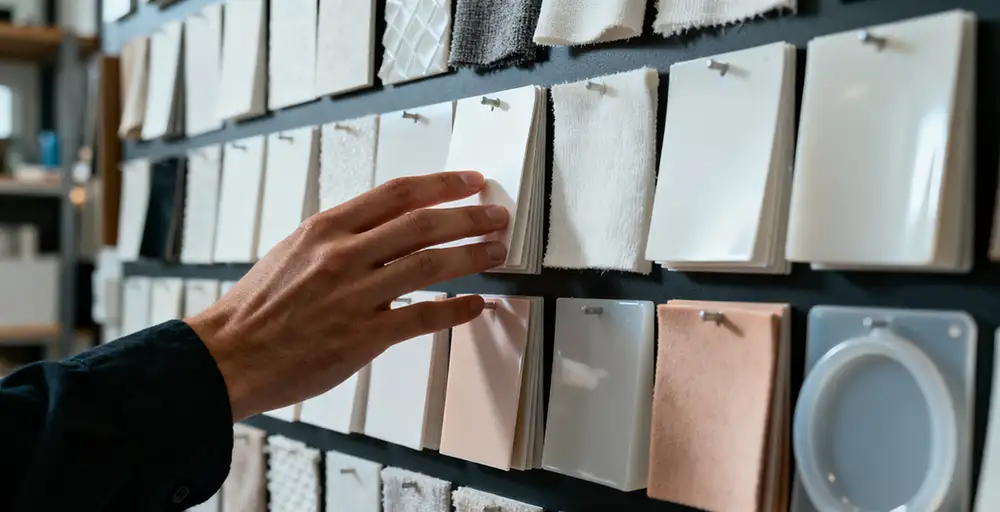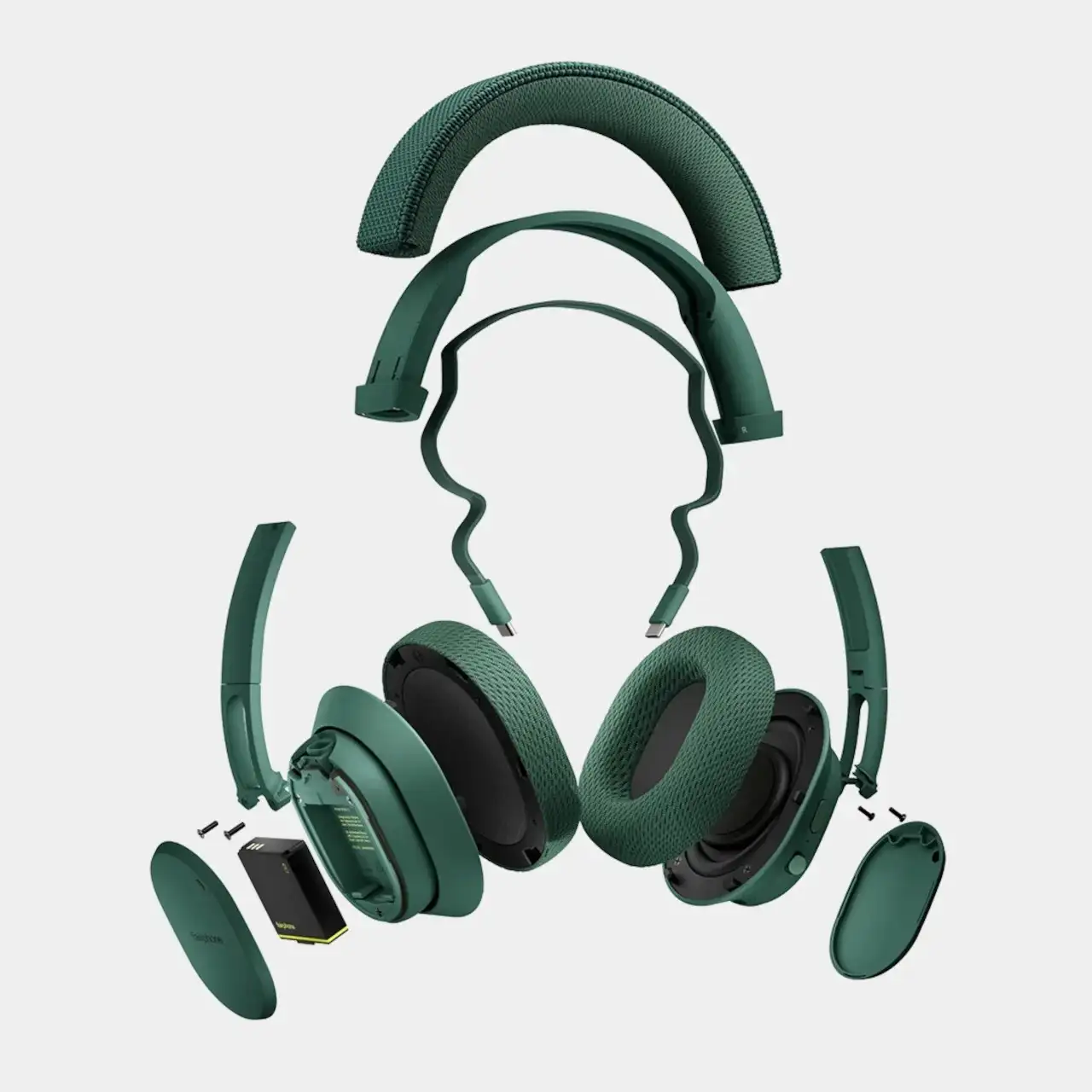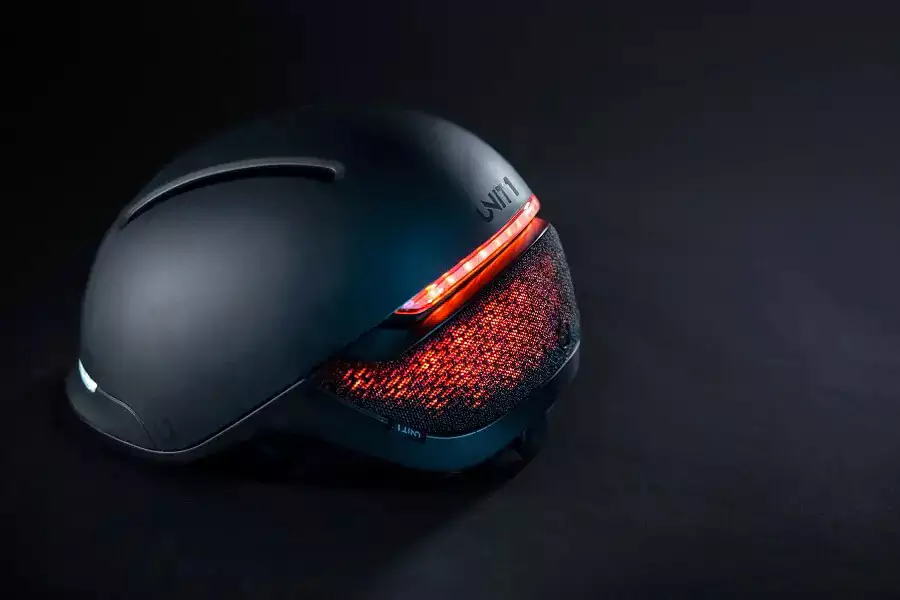NINEIDEA:工业设计、产品设计和外观设计是设计领域中既有联系又有区别的概念,以下从定义、核心关注点、应用范围等方面解析三者的区别:
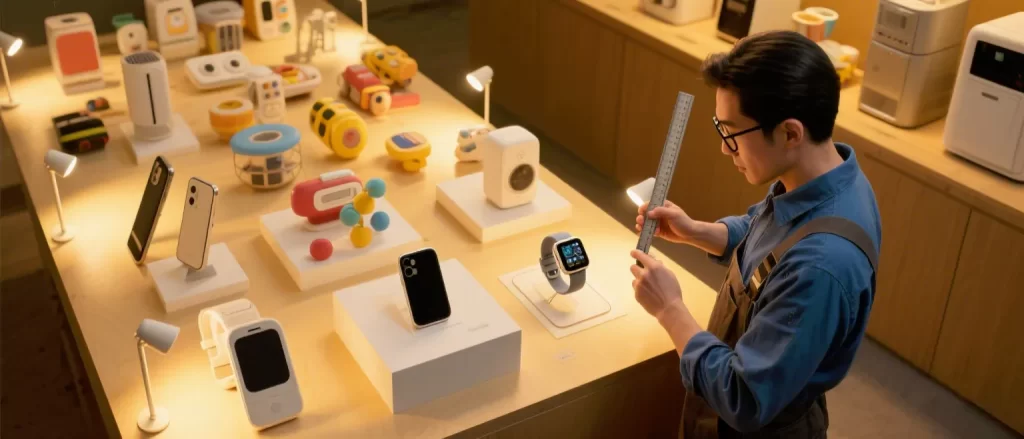
1. 工业设计(Industrial Design, ID)
工业设计是一个系统性的设计过程,旨在通过整合 功能、结构、材料、人机工程学、用户体验、美学、可持续性 等要素,为批量生产的工业产品提供整体解决方案。它不仅关注产品的外观,更注重产品的 实用性、易用性、安全性 以及与用户需求、社会环境的匹配度。
核心关注点
- 全流程覆盖:从需求调研、概念设计、结构优化到生产落地,贯穿产品生命周期。
- 功能与体验:解决产品 “如何有效工作” 和 “如何让用户舒适使用” 的问题,例如手机的握持感、按键布局、散热设计等。
- 系统性思维:考虑产品与用户、环境、产业链的关系,比如环保材料的选用、生产工艺的可行性、售后服务的便利性。
应用领域
涵盖各类工业产品,如电子设备(手机、家电)、交通工具(汽车、自行车)、医疗器械、家具、工具等。
2. 产品设计(Product Design)
产品设计是 聚焦于具体产品的设计活动,其目标是创造满足用户需求的实体或服务形态。它既可以是工业设计的核心组成部分,也可能在更宽泛的语境中涵盖非工业领域的设计(如互联网产品设计,但通常默认指向实体产品)。
核心关注点
- 目标导向:以 “解决特定问题” 为核心,例如设计一款适合老年人使用的厨房用具,需优先考虑操作便捷性和安全性。
- 商业属性:注重产品的市场定位、成本控制、差异化竞争力,例如通过独特的功能设计抢占细分市场。
- 与工业设计的关系:在实体产品领域,产品设计常被视为工业设计的 “子集”,侧重 具体产品的功能实现和形态定义,而工业设计可能涵盖更宏观的系统设计(如产品线规划、品牌设计语言)。
应用领域
主要针对实体产品,如消费电子、家居用品、玩具、文创产品等,也可延伸到服务设计(如用户界面与体验设计,但需结合语境区分)。
3. 外观设计(Appearance Design / Visual Design)
外观设计是 仅针对产品视觉层面的设计,专注于产品的 外形、色彩、材质、表面处理、装饰元素 等,不涉及内部结构、功能实现或人机工程学。它是产品设计和工业设计的重要组成部分,但非全部。
核心关注点
- 视觉传达:通过美学设计吸引用户,传递品牌价值,例如苹果产品的极简线条、戴森的科技感配色。
- 法律保护:在知识产权领域,“外观设计专利” 特指对产品形状、图案、色彩及其结合的新设计,受法律保护(区别于发明和实用新型专利)。
- 局限性:不解决功能、易用性等问题,例如一个外观华丽但握持不便的杯子,属于外观设计成功但工业设计失败。
应用领域
适用于所有需要视觉吸引力的产品,如时尚单品(手表、箱包)、数码产品、包装设计等,尤其在快消品和奢侈品领域更为关键。
4.关系与联系
- 工业设计是三者中最宽泛的概念,包含产品设计的全流程,而 产品设计是工业设计在具体产品上的落地实践。
- 外观设计是工业设计和产品设计的重要组成部分,但仅关注视觉层面,不能代表二者的全部(例如工业设计必须考虑结构合理性,而外观设计可以独立存在,如艺术装置的外观设计)。
- 三者常交叉融合:优秀的工业设计必然包含合理的外观设计和产品功能设计,而外观设计的创新也可能推动产品设计的差异化(如汽车的流线型外观既美观又降低风阻)。
理解三者的区别有助于明确设计需求:若需开发一款完整的产品,需依托工业设计的系统思维;若侧重视觉创新,可聚焦外观设计;若针对某类具体产品(如智能手表),则需结合产品设计的功能定义与工业设计的落地可行性。
What is the difference between industrial design, product design, and exterior design

NINEIDEA: Industrial design, product design, and exterior design are concepts that are both related and distinct in the field of design. The following analyzes the differences between the three from the perspectives of definition, core focus, and application scope:
- Industrial Design (ID)
Industrial design is a systematic design process aimed at providing comprehensive solutions for mass-produced industrial products by integrating elements such as functionality, structure, materials, ergonomics, user experience, aesthetics, sustainability, and more. It not only focuses on the appearance of the product, but also pays attention to its practicality, ease of use, safety, and compatibility with user needs and social environment.
core concern
Full process coverage: from requirement research, conceptual design, structural optimization to production implementation, running through the product lifecycle.
Function and Experience: Solve the problems of “how to work effectively” and “how to make users comfortable to use” of the product, such as the grip of the phone, button layout, heat dissipation design, etc.
Systematic thinking: Consider the relationship between products and users, environment, and industry chain, such as the selection of environmentally friendly materials, the feasibility of production processes, and the convenience of after-sales service.
application area
Covering various industrial products, such as electronic devices (mobile phones, home appliances), transportation vehicles (cars, bicycles), medical equipment, furniture, tools, etc.
- Product Design
Product design is a design activity that focuses on specific products, with the goal of creating physical or service forms that meet user needs. It can not only be the core component of industrial design, but also cover the design of non industrial fields in a broader context (such as Internet product design, which usually points to physical products by default).
core concern
Goal orientation: With “solving specific problems” as the core, for example, designing a kitchen utensil suitable for the elderly, priority should be given to operational convenience and safety.
Business attributes: Emphasis on product market positioning, cost control, and differentiated competitiveness, such as seizing segmented markets through unique functional design.
The relationship with industrial design: In the field of physical products, product design is often seen as a “subset” of industrial design, focusing on the functional implementation and form definition of specific products, while industrial design may cover more macro system design (such as product line planning, brand design language).
application area
Mainly targeting physical products such as consumer electronics, home goods, toys, cultural and creative products, etc., it can also be extended to service design (such as user interface and experience design, but differentiated by context).
- Appearance Design/Visual Design
Exterior design is a design focused solely on the visual aspect of a product, focusing on its appearance, color, material, surface treatment, decorative elements, etc., without involving internal structure, functional implementation, or ergonomics. It is an important component of product design and industrial design, but not the entirety.
core concern
Visual Communication: Attracting users and conveying brand value through aesthetic design, such as the minimalist lines of Apple products and Dyson’s technological color schemes.
Legal protection: In the field of intellectual property, “design patents” specifically refer to new designs for product shape, pattern, color, and their combination, which are protected by law (different from invention and utility model patents).
Limitations: Failure to address issues such as functionality and usability, for example, a cup with a gorgeous appearance but inconvenient grip may be considered a successful exterior design but a failure in industrial design.
application area
Suitable for all products that require visual appeal, such as fashion items (watches, bags), digital products, packaging design, etc., especially in the fast-moving consumer goods and luxury goods fields.
- Relationships and connections
Industrial design is the broadest concept among the three, encompassing the entire process of product design, and product design is the practical implementation of industrial design on specific products.
Appearance design is an important component of industrial design and product design, but it only focuses on the visual aspect and cannot represent the entirety of both (for example, industrial design must consider structural rationality, while appearance design can exist independently, such as the appearance design of art installations).
The three often intersect and merge: excellent industrial design inevitably includes reasonable appearance design and product function design, and innovation in appearance design may also promote differentiation in product design (such as the streamlined appearance of automobiles that is both beautiful and reduces wind resistance).
Understanding the differences between the three can help clarify design requirements: to develop a complete product, it is necessary to rely on systematic thinking in industrial design; If we focus on visual innovation, we can focus on exterior design; If targeting a specific type of product (such as a smartwatch), it is necessary to combine the functional definition of the product design with the feasibility of industrial design implementation.










